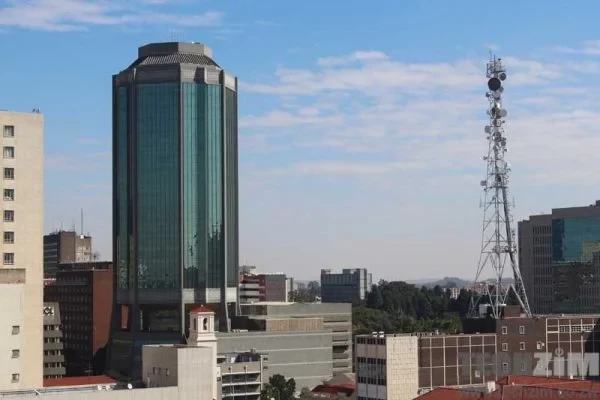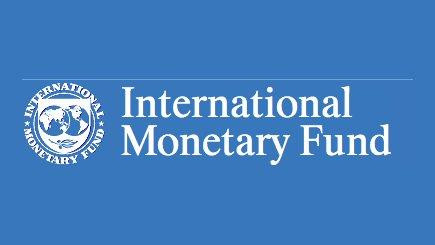THE year 2022 has been nothing but a roller-coaster ride for economists and investors alike. To some, this might have been a lost year considering the unprecedented hurdles the world grappled with.
We look back at some of this column’s hits and misses as we prepare for a new year ahead.
In February 2022, we delved deep into the first monetary policy statement of the year and the key highlights, which included:
Fine-tuning the foreign currency auction system through timeous settlement of bids, comprehensive KYC measures, and building up foreign currency reserves;
Promoting the use of the local currency by allowing part-payment of royalties by exporters as well as taxes and duties in Zimbabwean dollar, and
Introduction of Zimdollar fuel stations. These measures were largely directed at slowing down the depreciation of the parallel market rate, which hovered around ZW$230 to the US dollar at the time. We opined that these measures would be insufficient to effect the anticipated change, and this held true considering that the current parallel market rate has moved beyond ZW$860. However, we identified the stock market as an alternative hedge to currency risks for Zimdollar holders and this did not age well vis-a-vis a real loss of 72% on the ZSE in 2022.
Keep Reading
- Stop clinging to decaying state firms
- Piggy's Trading Investing Tips: De-risking mining projects
- Chance to buy 'undervalued' counters: FBC
- Zimbabwe's capital markets collapse
We also looked at the impact of climate change in Kenya and inferred the future performance of food and agriculture stocks Ariston, Victoria Falls Stock Exchange (VFEX)-listed Seed Co International and Tanganda Tea based on the dim outlook at the time.
We expected the dismal rainfall patterns to ripple into Seed Co International’s top-line, specifically within its East Africa strategic business unit.
We were on the mark with our expectations in light of Seed Co International’s profit warning statement that indicated the business will record an interim loss in the current financial year.
We also predicted that price pressures in avocados, and macadamia nuts would impact export prices for Tanganda and Ariston, and this was in line with current dynamics. In its FY2022 results, Tanganda expressed that the average selling price for avocados was 38% lower than the prior year and the average selling price for macadamia nuts was 36% weaker than the previous year.
In February, the Russia-Ukraine conflict took the global centre stage, and we forecasted a largely negative outcome for Zimbabwe. We anticipated heightened demand for maize and wheat in Zimbabwe.
This was confirmed by the announcement of SI 98 of 2022, which immediately and wholly suspended customs duties on importation of basic commodities in a bid to maintain widespread supply of these goods in the country.
We also correctly predicted that inflation would likely pick up based on pass-through effects of global inflation. As of November, the annual inflation rate stood at 255%, up 190 percentage points from 66% in February 2022.
In March, we expounded on the impact of a global shortage of glass package on Delta Corporation and its associate Nampak Zimbabwe. We expected Delta to increase its dependence on aluminium packaging and this has been the case but not as extensively as anticipated.
The brewer has also increased its focus on returnable glass packs, which have been instrumental in maintaining product visibility in the market.
We also forecasted a subsequent recovery in Nampak’s sales volumes, and this has been the case given its latest trading update that was marked with positive volumes growth in all its segments.
A big miss of the year came out of our analysis that determined whether or not the Zimbabwe Stock Exchange (ZSE) was in a bubble or not in April 2022.
At the time, the market was trading at all-time highs, with Delta and Innscor trading around ZW$460 and ZW$610 per share, respectively. We concluded that the market was fairly valued and maintained the assertion that the continued depreciation of the parallel market rates would sustain price levels.
However, the concoction of policy measures that was instituted in the month that followed underscored a real loss of 80% between April and December 2022.
We also looked at the prospects of the tourism sector after global air travel responded positively to the ease in lockdown restriction in several economies.
We opined that the global recovery would filter into Zimbabwe, and we were on the mark considering the positive figures in the latest trading updates of tourism and leisure companies African Sun (AfSun) and RTG.
AfSun posted a 20 percentage points increase in occupancies while RTG witnessed a recovery in occupancies from 24% in the prior period to 51%.
We also identified several risks that would challenge the recovery of the sector’s international arrivals, such as the upcoming elections, and the fact that local tourists are driving the recovery validates our analysis.
Our biggest hit was our estimation of future interest rates in Zimbabwe. After the monetary policy committee maintained interest rates at 80% at the beginning of the month of May, we determined the appropriate level of interest rates to be just over 200% using the Taylor Rule.
This analysis was later validated by the central bank’s increase in interest rates from 80% to 200% for corporates in June 2022, and this has seen the month-on-month inflation rate receding from 21% in May to 2% in November 2022.
Mtutu is a research analyst at Morgan&Co. — tafara@morganzim.com or +263 774 795 854.





